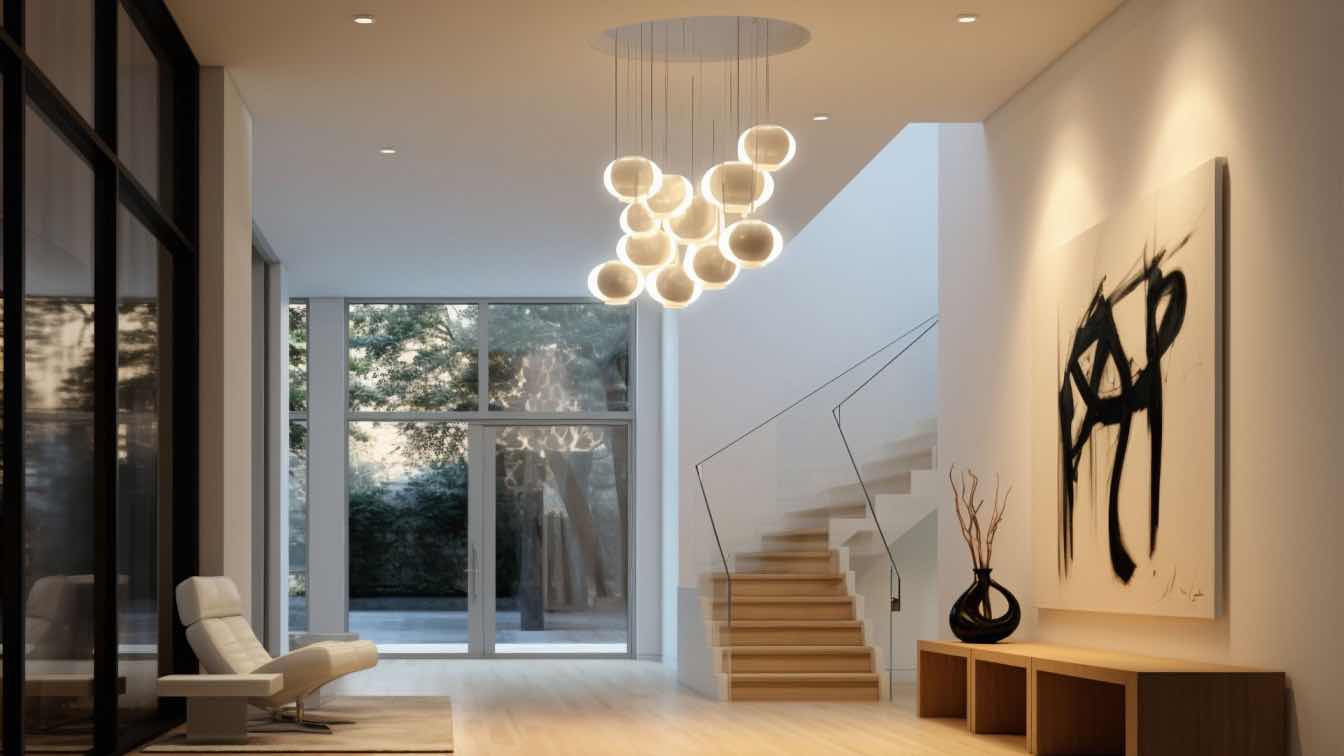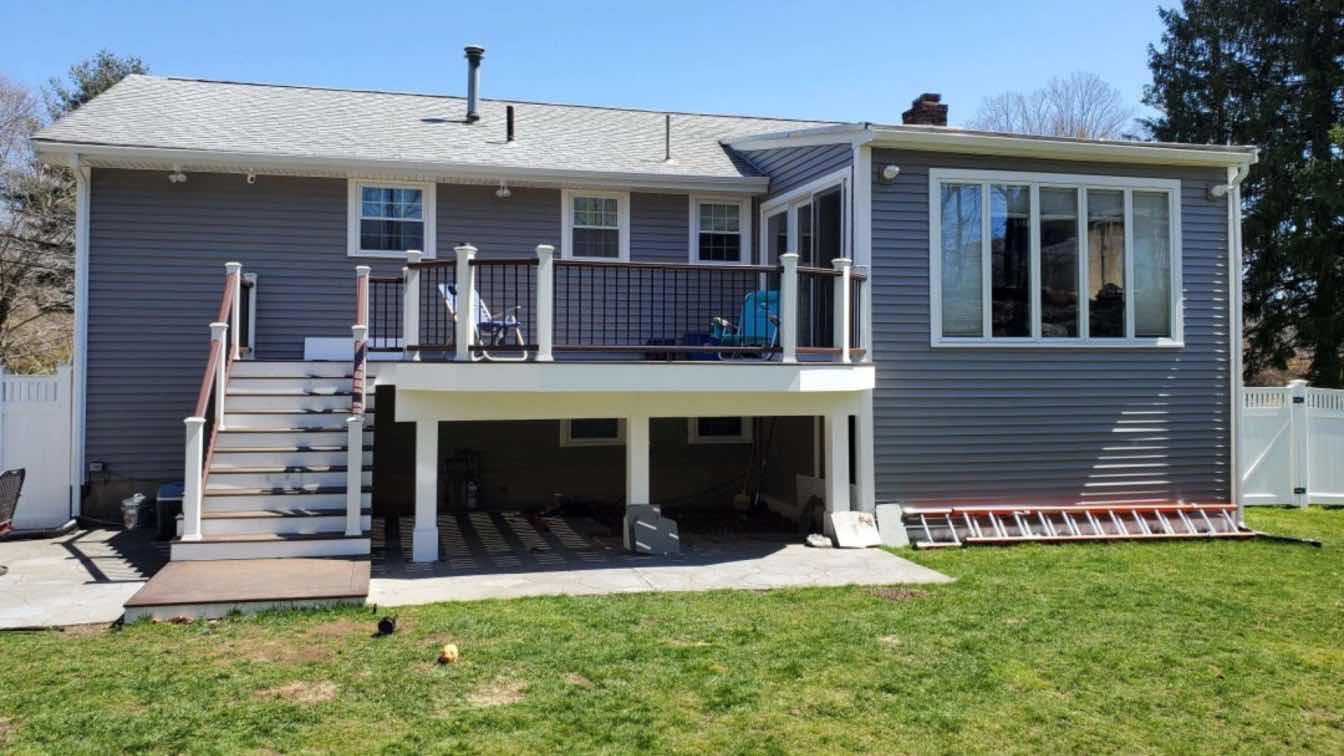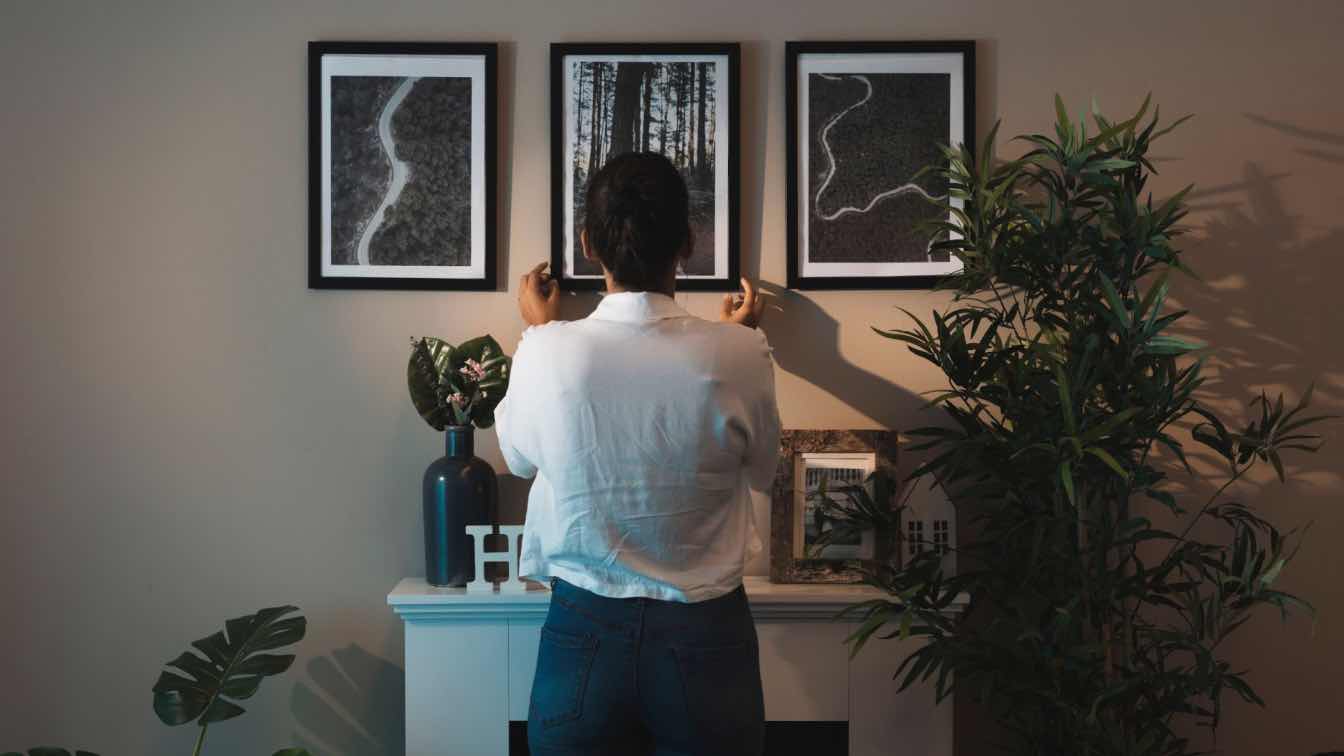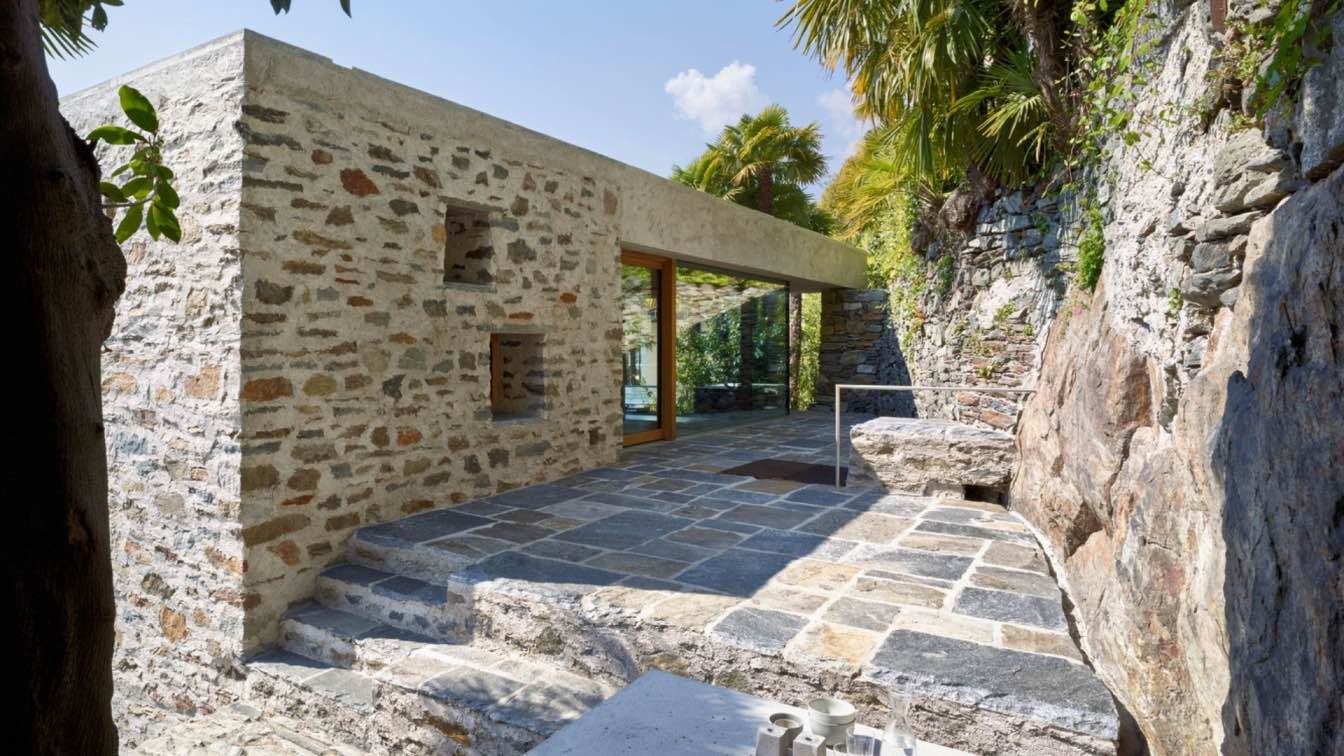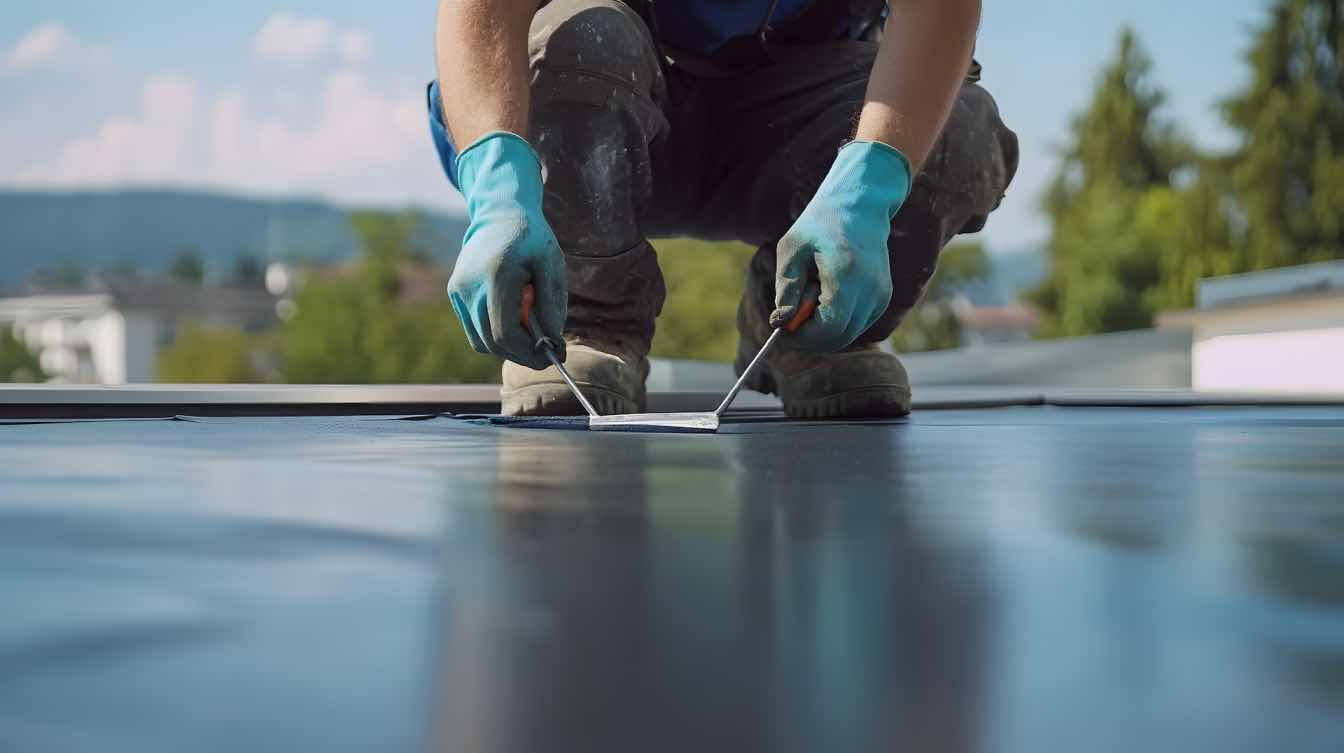Lighting plays a crucial role in modern homes, providing functionality, ambiance, and energy efficiency. With increasing concerns about environmental sustainability and rising electricity costs, homeowners are turning to energy-efficient lighting solutions to reduce energy consumption while maintaining a comfortable living space. Innovations in lighting technology have made it easier than ever to improve efficiency without compromising on design or performance. Understanding the best lighting options available allows homeowners to make informed decisions that benefit both their wallets and the environment.
The Benefits of Energy-Efficient Lighting
Switching to energy-efficient lighting offers multiple advantages, from reducing electricity bills to minimizing carbon footprints. Traditional incandescent bulbs waste a significant amount of energy as heat, making them inefficient compared to newer alternatives. Energy-efficient options, such as LED and CFL bulbs, consume less power while providing the same or better illumination.
Another benefit is longevity. Traditional bulbs have a short lifespan, requiring frequent replacements. Energy-efficient lighting solutions last longer, reducing maintenance and replacement costs. Additionally, modern lighting options produce less heat, contributing to a more comfortable indoor environment and reducing the strain on cooling systems.
Many energy-efficient bulbs also offer customizable lighting options, including dimmable settings and adjustable color temperatures. This flexibility allows homeowners to tailor lighting according to their preferences and different activities, enhancing comfort and usability.
LED Lighting: The Gold Standard in Efficiency
Light Emitting Diode (LED) technology has revolutionized home lighting. LED bulbs consume significantly less electricity than incandescent and CFL bulbs while providing bright, high-quality illumination. Their durability and long lifespan make them a cost-effective choice for households looking to reduce energy usage.
LED bulbs are available in various designs, including standard bulbs, recessed lighting, strip lights, and smart lighting solutions. Smart LED bulbs allow homeowners to control lighting through apps or voice assistants, enabling remote operation, automation, and energy optimization.
Another advantage of LED technology is its ability to produce minimal heat, reducing risks associated with overheating and fire hazards. This feature makes LEDs ideal for enclosed fixtures, cabinets, and other heat-sensitive areas.
Compact Fluorescent Lamps (CFLs) as an Alternative
CFL bulbs provide an energy-efficient alternative to incandescent lighting, consuming significantly less electricity while offering decent brightness levels. These bulbs use a phosphorescent coating inside the tube to produce light efficiently.
Compared to traditional bulbs, CFLs offer a longer lifespan and consume up to 75% less energy. However, they contain small amounts of mercury, requiring careful disposal and recycling to prevent environmental contamination. Despite this drawback, CFLs remain a viable option for homeowners seeking affordable energy savings.
Smart Lighting for Advanced Energy Management
Smart lighting systems enhance efficiency by integrating automation and remote control features. These systems allow users to adjust brightness, color, and schedules based on their needs. Motion sensors and timers help optimize lighting use, ensuring that lights are only active when necessary.
Smart bulbs and fixtures can be integrated with home automation platforms, enabling seamless coordination with other smart devices. Features such as geofencing, voice activation, and preset modes improve convenience while reducing energy consumption. Investing in smart lighting provides long-term savings and enhances home functionality.
Solar-Powered Lighting for Sustainability
Solar-powered lighting offers an eco-friendly solution for outdoor spaces, driveways, and gardens. These lights harness solar energy during the day and illuminate areas at night without relying on the electrical grid. They are particularly beneficial for reducing energy costs and providing lighting in areas with limited access to power.
Solar lighting options include pathway lights, security floodlights, and decorative fixtures. Advances in solar technology have improved efficiency, allowing solar-powered lights to provide reliable illumination throughout the night.
Choosing the Right Energy-Efficient Lighting for Your Home
Selecting the best lighting solution depends on the specific needs of each area in the home. Task lighting, ambient lighting, and accent lighting serve different purposes and require tailored solutions. LED bulbs work well for general lighting, while CFLs may be suitable for areas where cost-effective energy savings are needed.
For outdoor areas, solar-powered lights offer an excellent solution, while smart lighting enhances flexibility indoors. Homeowners looking to reduce energy bills should consider dimmable fixtures and motion sensors to optimize lighting usage based on occupancy.
Conclusion
Energy-efficient lighting solutions provide homeowners with cost savings, environmental benefits, and enhanced convenience. LED bulbs, CFLs, smart lighting systems, and solar-powered fixtures offer modern alternatives to traditional incandescent lighting. Investing in energy-efficient lighting not only improves sustainability but also enhances home functionality and comfort. As technology continues to advance, homeowners have more options than ever to create well-lit spaces while reducing their ecological impact. Implementing energy-efficient solutions is a smart, responsible choice that benefits both individuals and the planet. For top-notch electrical services and expert solutions, visit DR Electrician to power up your home or business with reliability and efficiency.

